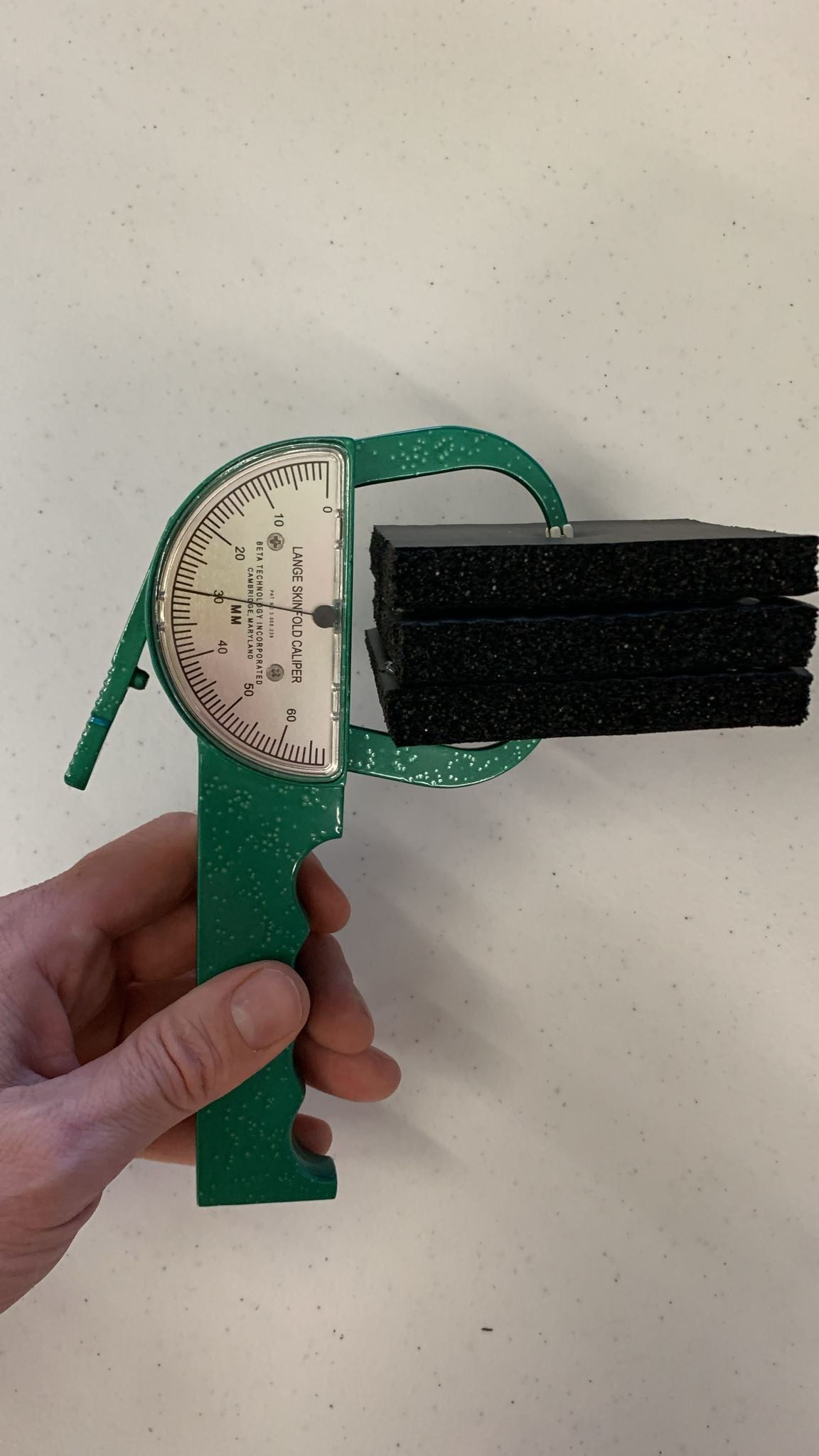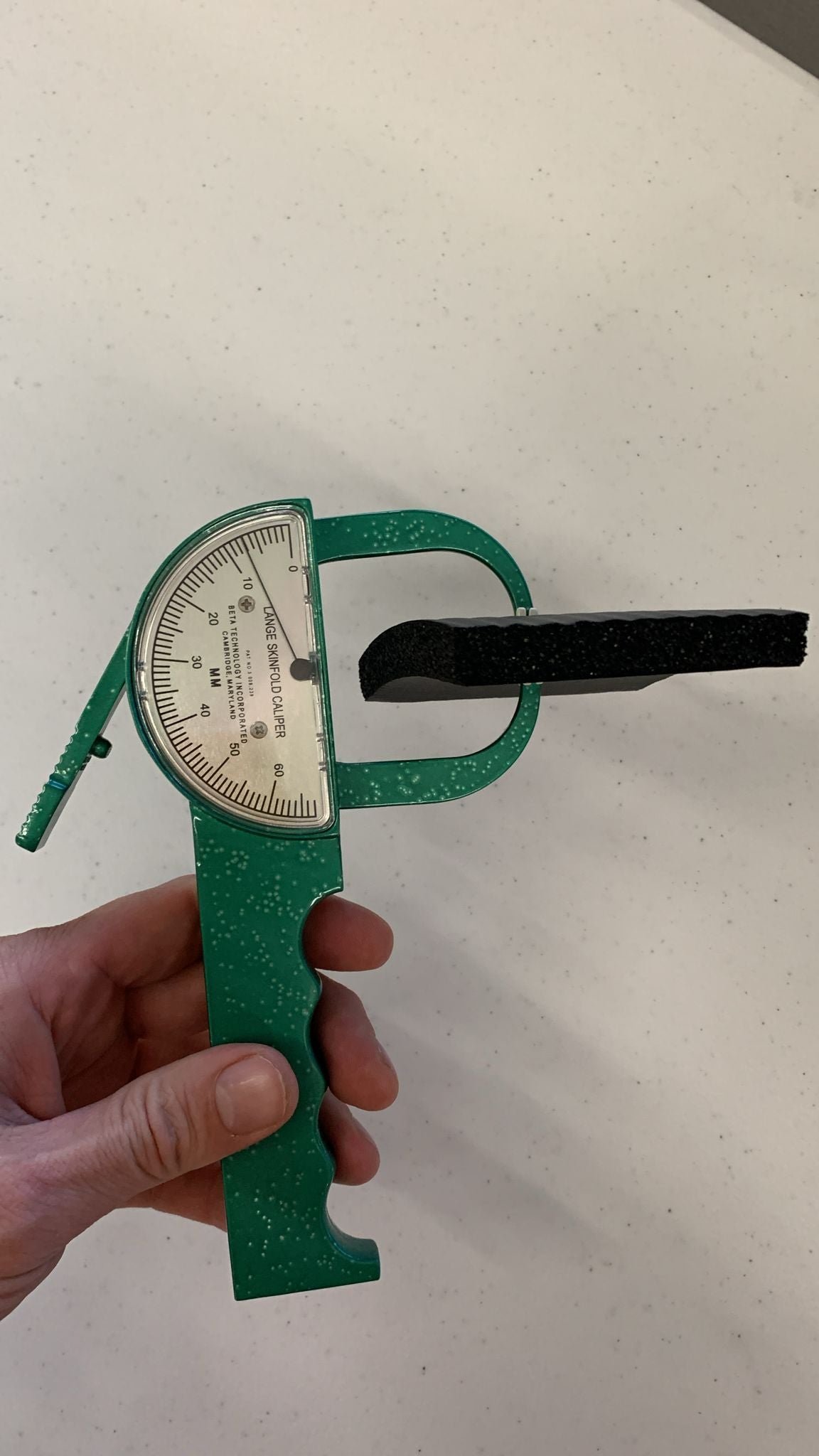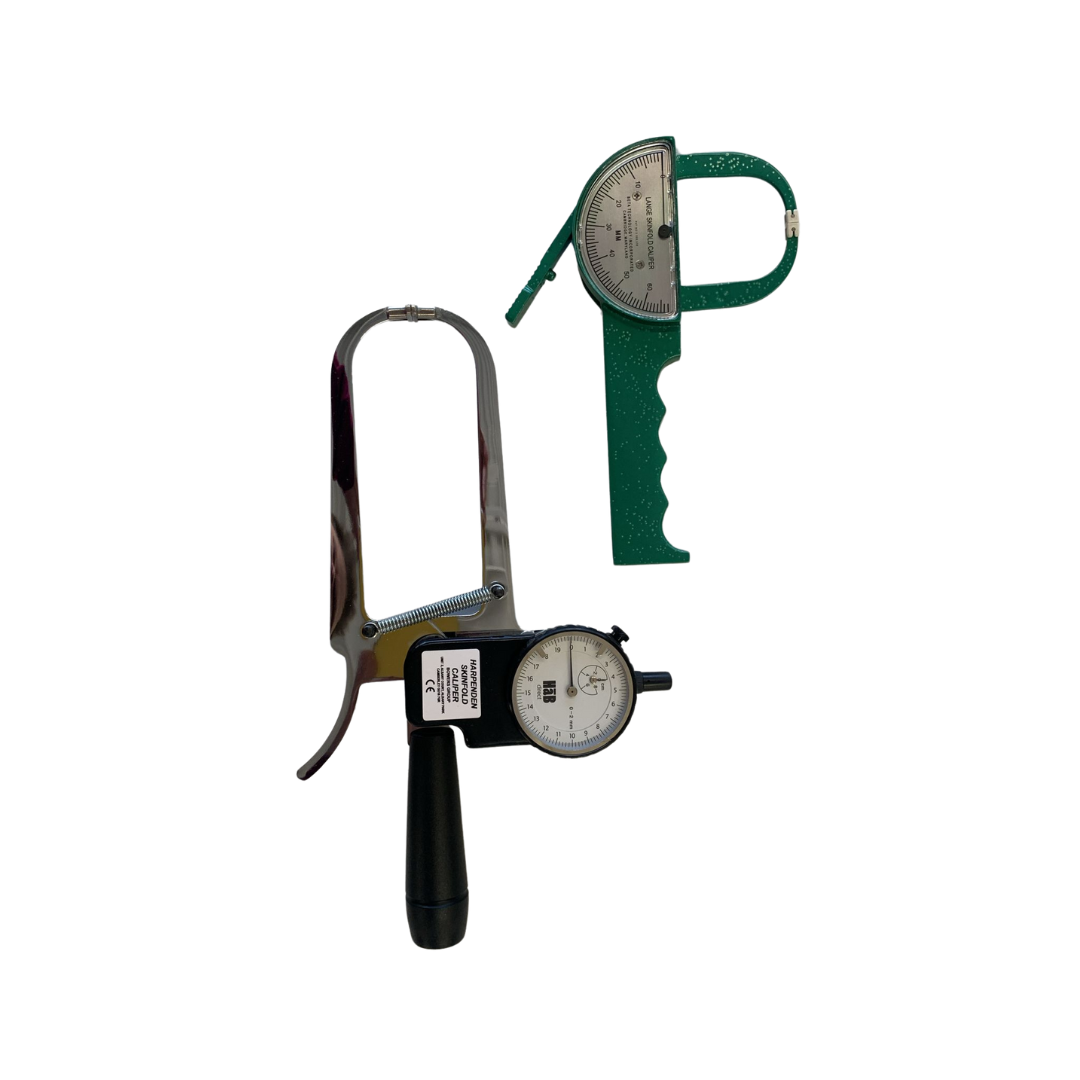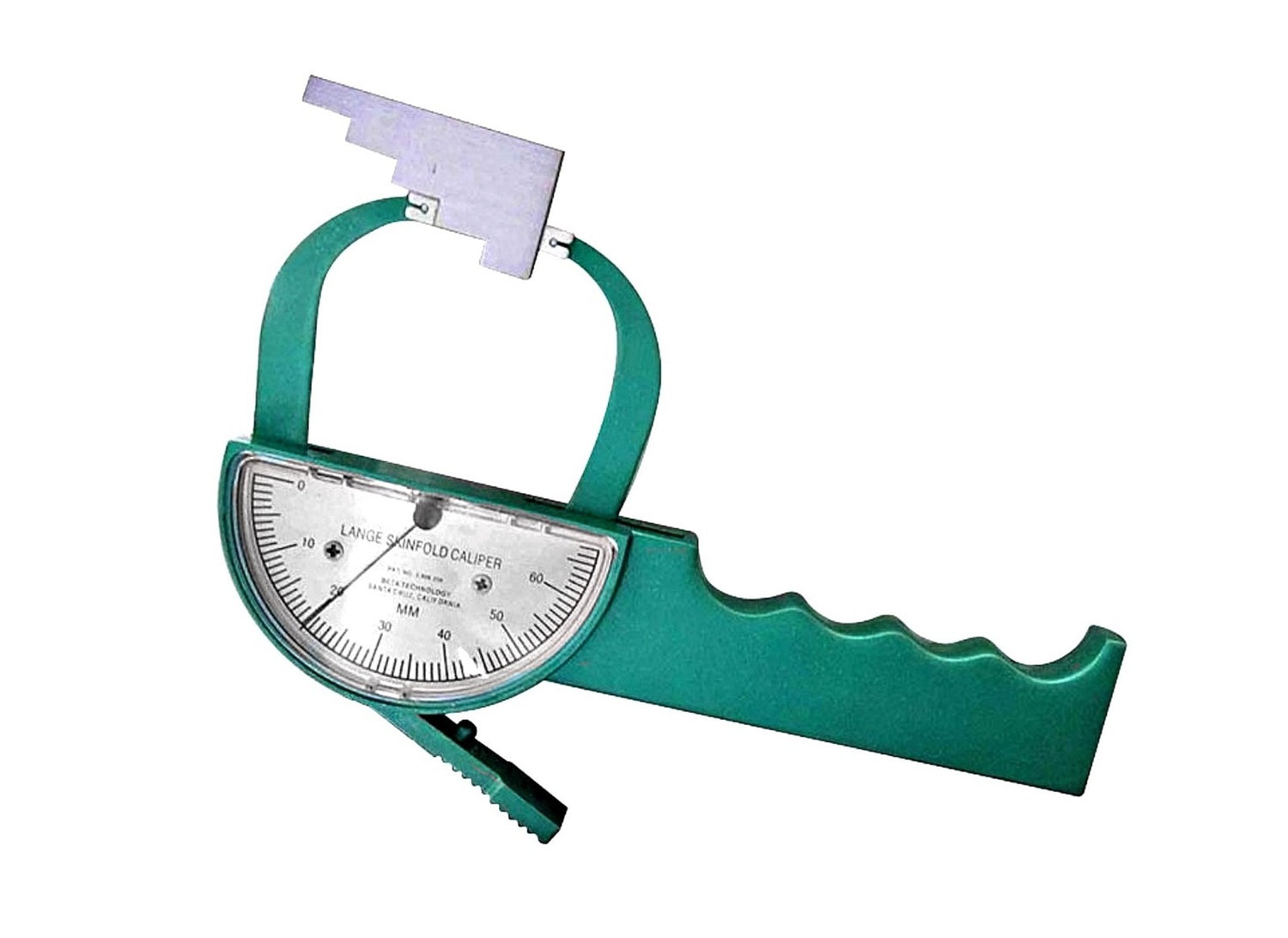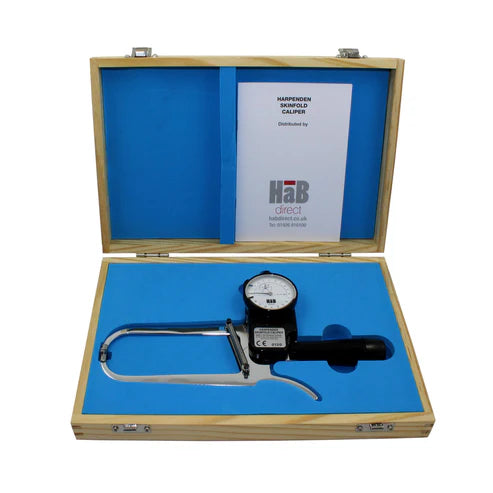Skinfold calipers are essential tools in anthropometry for assessing body composition, and their accuracy directly impacts the reliability of these measurements. Over time, calipers can lose calibration due to wear and tear, environmental factors, or handling. Regular calibration is necessary to ensure precision, and one widely recognized approach is the Foam Block Calibration Method. This method is straightforward and helps maintain consistent measurement standards.
What is the Foam Block Calibration Method?
The Foam Block Calibration Method involves using foam blocks of known thickness as a reference for calibrating calipers. These blocks are often manufactured to strict tolerances, ensuring minimal variability in thickness. Calibration using foam blocks helps verify that the caliper consistently applies the correct pressure across multiple measurements. The method aligns well with ISAK standards for equipment calibration, as it offers a way to standardize caliper performance without needing specialized technical equipment.


